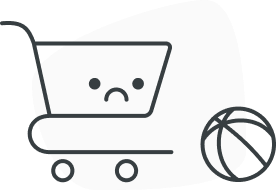Mingle with Flamingos at Aquatica
One of the neatest things I did over summer break was hanging out with the flamingos at the Aquatica San Diego Flamingo Encounter. I’ve met the flamingos there before when I was only five years old and remember everything I learned, but this time I had a lot more questions for the aviculturist that takes care of them. Maybe some of the flamingos even remembered me!

At Aquatica, the flamingos spend their days where water park guests can see them. They walk in a flamingo parade from their barn in the morning and then back to their barn before the park closes. It’s really fun to watch them eat, interact and play. The flamingo encounter is extra special because you get to go inside their habitat to learn more about them. During the flamingo encounter experience, my sister and I sat on a towel and the aviculturist, Amy, taught us how to safely interact with the birds.

She told us about how some of the flamingos really like the people that take care of them. Every flamingo has a different personality and they do funny things like snuggling up to the aviculturists and greeting them when they get to work every day. Some of the flamingos came up to meet us and ate food from our hands. Sometimes they got sidetracked and checked out my wristband instead of eating.

Flamingos are very curious birds. Amy told us they are attracted to colorful and shiny things. They also are interested in hair and check out everything around them.

Visiting the flamingos was really great because I got to ask all my questions and learned a lot more about the birds. My little sister really loves flamingos so it was neat to get to see her be so excited about them too. We already knew flamingos get their pink color from the things they eat but we didn’t know baby flamingos can leave their nests really early and start to look for their own food at about three weeks old.

The flamingos are beautiful and can teach people so much about birds and how to help protect them in the wild. No flamingos are currently endangered, but bacteria and toxins in water are harmful to them. In some places of the world they have been affected negatively by chemicals and pollution in their water sources from people. Let’s all help keep these amazing birds healthy!


